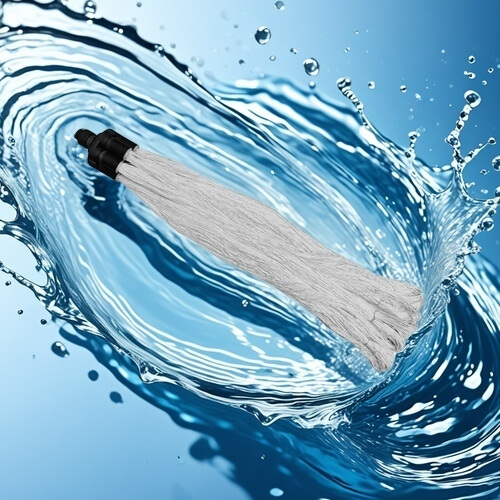How to reduce BOD in wastewater treatment?
Biochemical oxygen demand (BOD) is an important indicator to measure the content of biodegradable organic matter in wastewater. Reducing BOD in wastewater not only helps improve water quality, but also meets environmental regulations. Here are some effective strategies and technologies that can help reduce BOD in wastewater treatment.
1. Optimize biological treatment processes
Activated sludge method: By optimizing the operating parameters of the aeration tank, such as aeration time and oxygen supply, the degradation efficiency of organic matter by microorganisms is improved. The activated sludge method is a commonly used aerobic biological treatment technology suitable for wastewater with a high BOD/COD ratio
Biofilm method: Degrade organic pollutants using microbial films fixed on the medium. This method is suitable for small and medium-sized sewage treatment facilities, with simple maintenance and high efficiency
2. Use advanced pretreatment technology
Physical and chemical pretreatment: Before biological treatment, most suspended solids and grease are removed by methods such as coagulation, sedimentation or flotation. These pretreatment steps can significantly reduce the organic load entering the bioreactor, thereby improving the overall treatment efficiency
Ozone oxidation: Using the strong oxidizing properties of ozone, adding an ozone process before the conventional water purification process can effectively remove difficult-to-degrade organic matter and reduce BOD levels

3. Accurate monitoring and control
Use total organic carbon (TOC) analysis: Compared with traditional BOD and COD measurements, TOC analysis can monitor the organic load in wastewater more quickly and accurately. This method can help optimize the secondary biological treatment process and ensure the balance between microorganisms and organic loads
Food: Microorganism ratio (F:M) management: Ensure that the microbial community can effectively degrade organic pollutants by adjusting the F:M ratio. This ratio is achieved by monitoring the organic load and microbial concentration in the wastewater, which can help operators make quick adjustments when the organic load changes
4. Comprehensive process combination
Anaerobic-aerobic combined process: For high-concentration organic wastewater, anaerobic treatment is first performed to reduce most of the organic load, and then aerobic treatment is performed to further reduce BOD. This combined process can significantly improve treatment efficiency and reduce operating costs
Conclusion
By adopting the above strategies and technologies, BOD in wastewater can be effectively reduced, and the overall efficiency and effluent quality of the wastewater treatment system can be improved. This not only helps to meet environmental regulations, but also reduces the impact on the environment. With the development of technology, new innovative methods continue to emerge, providing more possibilities for the removal of BOD in wastewater treatment.
